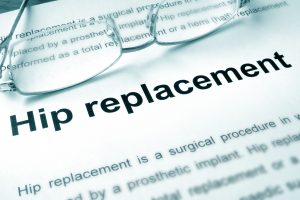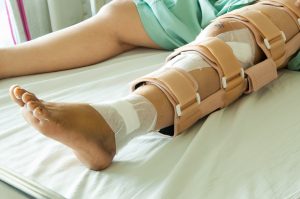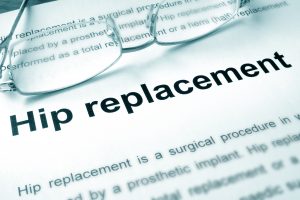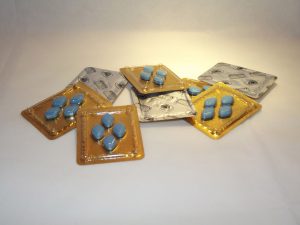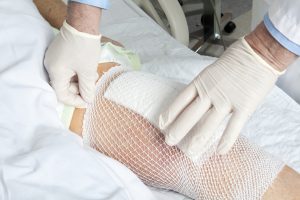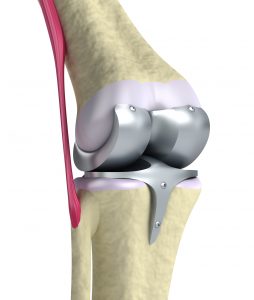 Zofran is an anti-nausea drug. It works to prevent nausea and vomiting by blocking the effects of serotonin, a chemical in the body that triggers nausea and vomiting. The drug was designed to help cancer patients dealing with the side effects of chemotherapy but it was also approved by the FDA for those suffering nausea due to radiation therapy, anesthesia and surgery. Nevertheless, GlaxoSmithKline (GSK) eventually pushed to market and sell Zofran to pregnant women. Women who are pregnant are often plagued by morning sickness, and some can suffer from extreme nausea. The problem is, the FDA never approved the use of Zofran for pregnant women; it’s an “unapproved” use of the drug. Unfortunately, “off-label drug use” is very common. I wrote about off-label drug use and its potential dangers here.
Zofran is an anti-nausea drug. It works to prevent nausea and vomiting by blocking the effects of serotonin, a chemical in the body that triggers nausea and vomiting. The drug was designed to help cancer patients dealing with the side effects of chemotherapy but it was also approved by the FDA for those suffering nausea due to radiation therapy, anesthesia and surgery. Nevertheless, GlaxoSmithKline (GSK) eventually pushed to market and sell Zofran to pregnant women. Women who are pregnant are often plagued by morning sickness, and some can suffer from extreme nausea. The problem is, the FDA never approved the use of Zofran for pregnant women; it’s an “unapproved” use of the drug. Unfortunately, “off-label drug use” is very common. I wrote about off-label drug use and its potential dangers here.
By 2013, 110,000 monthly prescriptions of Zofran were issued to pregnant women. If this were an approved use, we could rest easier, as an approved use means the drug has been thoroughly tested and evaluated, with the determination backed up by “strong scientific data.” For unapproved uses there is none of that. If a drug is approved for any use, a doctor can then use his best judgment to prescribe the drug for any other purpose.
 North Carolina Product Liability Lawyer Blog
North Carolina Product Liability Lawyer Blog


